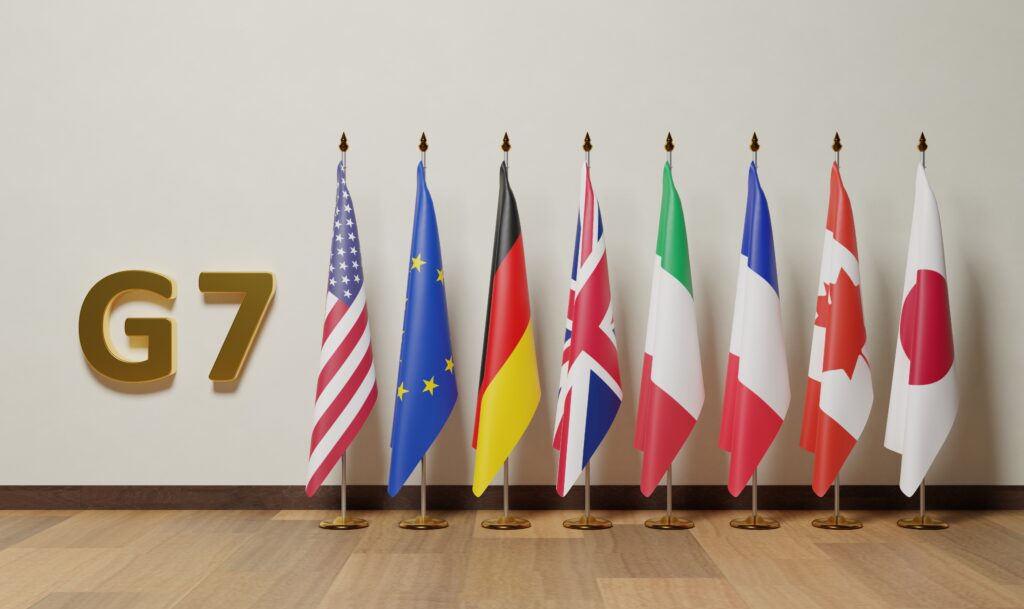What Happened at the Latest G7 Summit?
At the recent Group of Seven (G7) summit, world leaders urged US President Donald Trump to de-escalate the ongoing trade war, highlighting its potential impact on global economic growth. French President Emmanuel Macron and other G7 leaders appealed directly to Trump to reconsider his tariff policies.
Many G7 nations face US tariffs on goods like cars, steel, and aluminum, with potential further increases under discussion. Leaders warned that ongoing trade tensions could strain economies. The EU noted that tariffs burden consumers and businesses. Bilateral negotiations continue, but a broad resolution seems unlikely.

Key Takeaways for Global Buyers & Suppliers
1. Tariff Impact
Existing and potential US tariffs affect a wide range of goods, particularly from Europe, Japan, and Canada. Suppliers may face reduced competitiveness in the US market, while buyers may encounter higher input costs.
2. Negotiation Opportunities
Some countries are exploring exemptions or new trade agreements to mitigate tariff impacts. Businesses should explore government support or advocate for similar arrangements.
3. Shift in Trade Patterns
G7 leaders noted that the trade war could inadvertently strengthen alternative markets. Suppliers may observe shifts in sourcing strategies, with increased interest in regions less affected by tariffs.
4. Consumer Pricing
The EU’s warning that tariffs are ultimately paid by consumers is a reminder for buyers to factor in potential price rises in their planning and contracts.
5. Short-Term Volatility
As the US threatens further action (with July 9 as a key date), expect short-term volatility in pricing and logistics. Agile supply chain management and scenario planning are crucial.
6. Regional Trade Talks
With countries like Mexico seeking to renegotiate free trade agreements, suppliers in regions less impacted by US tariffs may find new opportunities to expand their market presence.
What Can Global Buyers & Suppliers Do to Minimize Business Impacts?
To navigate this evolving trade landscape, consider the following actions:
- Stay updated on policy changes and tariff lists.
- Consider diversifying suppliers and markets.
- Communicate proactively with partners about possible price changes or delays.
- Review contracts for flexibility in pricing and delivery terms.
The G7’s unified call for de-escalation signals global concern, but until there’s concrete progress, global buyers and suppliers must remain vigilant and adaptable.
Source: The Economic Times
Start sourcing at our e-Marketplace to successfully trade amid an uncertain economic and geopolitical environment. Our platform, backed by a trusted statutory body, empowers your business to thrive.
Click the banner below to kickstart sourcing with us:








